Microsoft Teams has emerged as a leading collaboration tool, empowering organizations to streamline communication and enhance productivity. A crucial element that sets Microsoft Teams apart is the potential for Integration and Customization, which significantly enriches the user experience. This guide aims to explore how these strategies can be implemented to leverage the full power of Microsoft Teams, ultimately driving collaboration and efficiency within teams.
Understanding Microsoft Teams Integration
Integration, in the context of Microsoft Teams, refers to the seamless connection of third-party applications and services within the platform. By integrating tools such as CRM systems, project management applications, and document storage solutions, Teams becomes a centralized hub for all business activities. Popular integrations include Salesforce, Trello, and SharePoint. The benefits of integration are manifold: it simplifies workflows, reduces manual tasks, and enhances team communication. By streamlining disparate tools into a single interface, users can enjoy a more cohesive and efficient work environment.
Customizing Your Microsoft Teams Experience
Customization within Microsoft Teams allows users to tailor the platform to fit their unique needs and preferences. This can involve personalizing settings, themes, and notifications to align with individual work styles. Additionally, Teams offers the capability to create custom tabs, bots, and connectors, enabling users to further refine their workspace. Such customization not only enhances team collaboration but also boosts productivity by ensuring that the platform aligns with specific organizational workflows. For instance, companies like Contoso have successfully customized their Teams environment to improve task management and communication, demonstrating the tangible benefits of tailored solutions.
Best Practices for Integration and Customization
To effectively integrate and customize Microsoft Teams, it is essential to follow several best practices. Firstly, assess your organization’s needs to determine which integrations will provide the most value. Additionally, ensure all third-party applications comply with security standards to protect sensitive information. Regularly review and update customizations to keep pace with the evolving needs of your team. Encouraging team feedback is also vital; it allows for continuous improvement in integration and customization efforts, ensuring the platform remains aligned with user requirements.
In conclusion, the significance of Integration and Customization within Microsoft Teams cannot be overstated. These strategies are pivotal in fostering collaboration and productivity, transforming Teams into a powerful tool tailored to your organization’s needs. Organizations are encouraged to explore the myriad of options available to maximize the potential of Microsoft Teams. We invite you to share your experiences with integration and customization in Microsoft Teams in the comments section below. For more insights and tips on small business automation and technology solutions, consider subscribing to our blog. Should you wish to discuss how these strategies can be implemented in your organization, feel free to contact us.
